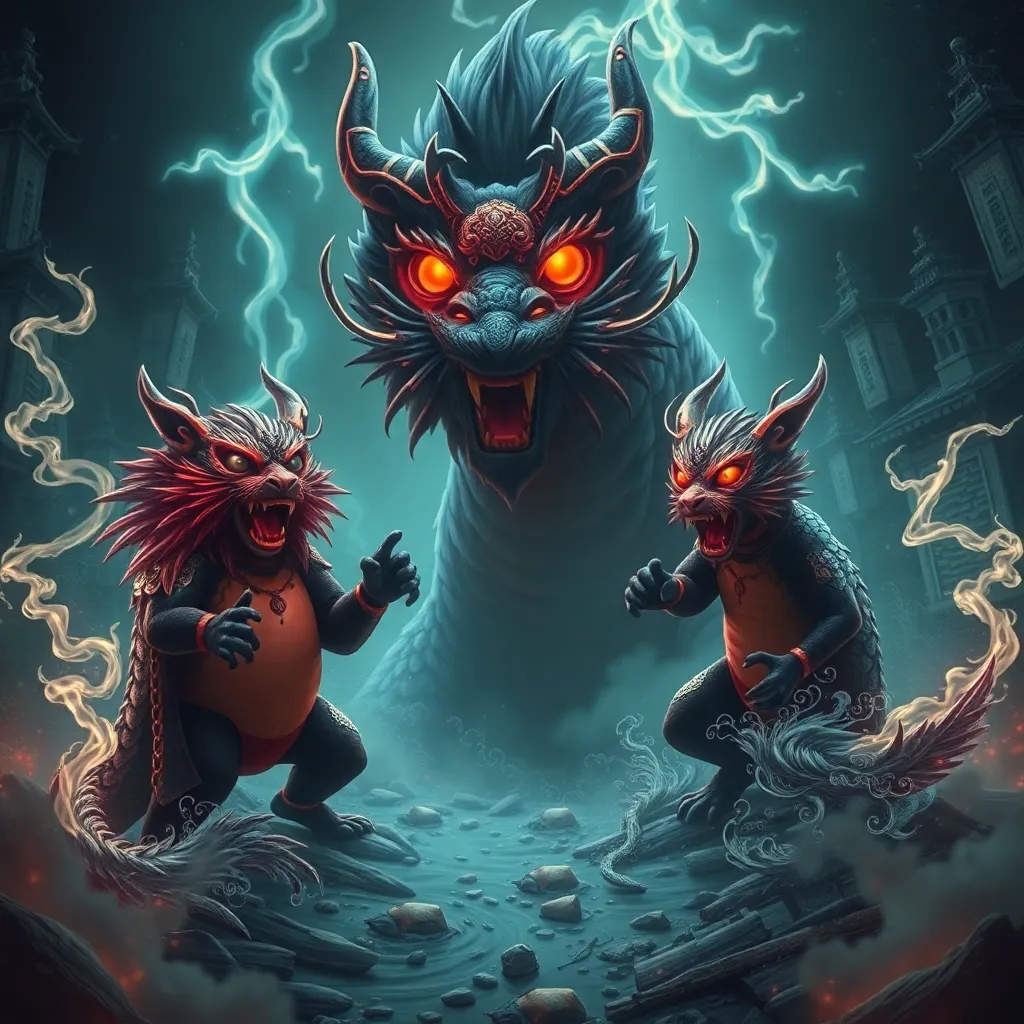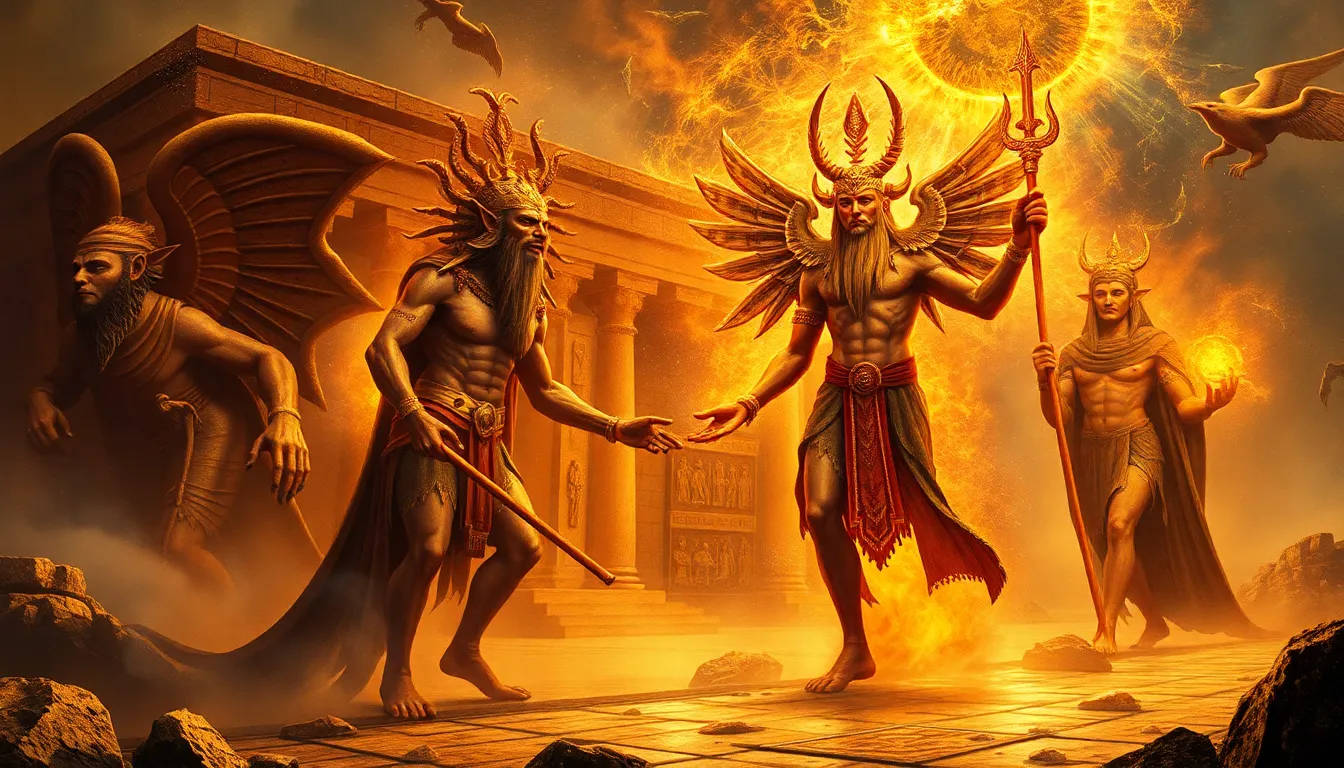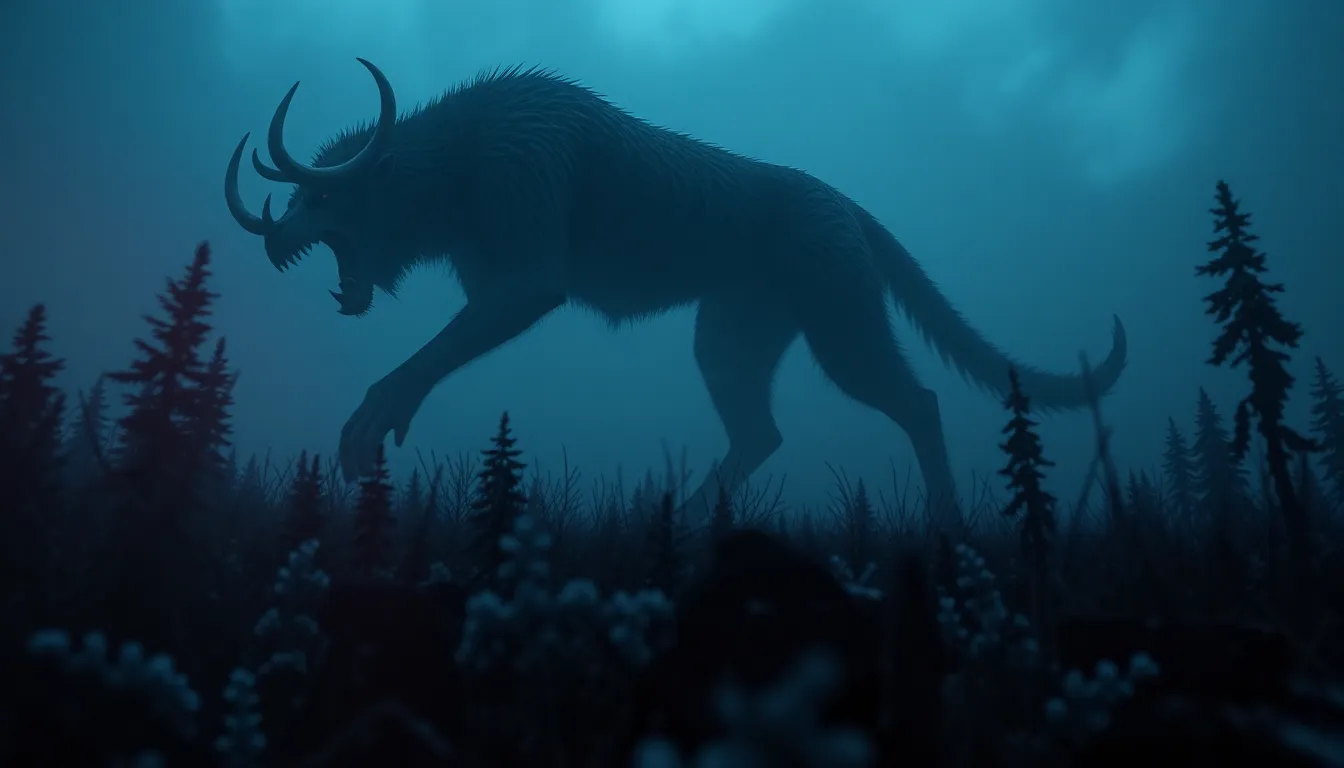The Tanuki and the Dragon: A Myth of Power and Transformation
I. Introduction
The Tanuki and the Dragon are two iconic figures in Japanese folklore, each representing different aspects of nature and human experience. The Tanuki, known for its playful trickster qualities, contrasts sharply with the majestic and powerful Dragon, a symbol of authority and strength. This dichotomy highlights the rich tapestry of themes involving transformation and power in mythology.
Transformation is a recurring theme in many mythologies, reflecting the ever-changing nature of life and the universe. In Japanese culture, stories of transformation often serve to teach important lessons about humility, adaptability, and the complexities of existence.
This article aims to explore the myth of the Tanuki and the Dragon, examining their characteristics, the central story involving them, and the broader themes of transformation that emerge from their interactions.
II. The Tanuki: A Trickster of Japanese Folklore
The Tanuki, or Japanese raccoon dog, is a creature deeply embedded in Japanese folklore. Often depicted as a mischievous trickster, the Tanuki is known for its ability to shapeshift, taking on various forms to deceive or entertain.
Characteristics and symbolism of the Tanuki include:
- Shapeshifting: The Tanuki can transform into different beings or objects, symbolizing adaptability and cunning.
- Trickster nature: Often outsmarting humans and other creatures, the Tanuki embodies playfulness and cleverness.
- Connection to nature: Seen as a guardian of the natural world, the Tanuki reflects the balance between humanity and the environment.
In folklore, the Tanuki plays various roles, from helping farmers to causing mischief in human settlements. Notable Tanuki myths include the story of the “Shōjō Tanuki,” where a Tanuki disguises itself as a beautiful woman to deceive a man, and the tale of “Bunbuku Chagama,” where a Tanuki transforms into a teapot.
III. The Dragon: A Symbol of Power and Authority
Dragons in Japanese mythology are formidable beings, often representing power, authority, and protection. They are typically associated with water, rain, and agricultural fertility, embodying the forces of nature.
Characteristics of the Dragon include:
- Majestic form: Dragons are often depicted with long, serpentine bodies, sharp claws, and the ability to fly.
- Wisdom and authority: They are considered wise beings, often serving as guardians of sacred places or treasures.
- Symbol of prosperity: In many cultures, dragons are associated with good fortune and are revered as bringers of rain and harvest.
Across East Asia, dragons hold significant cultural importance. In Japan, myths often portray them as benevolent creatures, unlike the fearsome dragons found in Western lore. Some notable Japanese dragon myths include the tale of the “Yamata no Orochi,” an eight-headed dragon defeated by the hero Susanoo, and the story of the Dragon King, a deity governing the seas.
IV. The Myth of Power and Transformation
The myth of the Tanuki and the Dragon revolves around their encounter and the lessons learned through their interactions. In this tale, the Tanuki, seeking to prove its cleverness, challenges the powerful Dragon to a series of contests.
Key characters include:
- The Tanuki: Filled with pride and confidence, the Tanuki represents cunning and adaptability.
- The Dragon: Embodying strength and authority, the Dragon symbolizes the established order and power.
The central conflict arises when the Tanuki, through its clever tricks, attempts to outsmart the Dragon. However, as the contests unfold, the Tanuki learns that true power lies not in cunning alone but in understanding and respecting the balance of nature. The resolution of the myth emphasizes the importance of humility and the recognition that strength can manifest in many forms.
V. Themes of Transformation
Transformation is a key theme in the myth of the Tanuki and the Dragon, manifesting both physically and metaphorically. The Tanuki’s shapeshifting abilities illustrate the concept of adaptability in the face of challenges.
Exploration of transformations includes:
- Physical transformations: The Tanuki’s ability to change form serves as a reminder of the fluidity of identity and the potential for change.
- Metaphorical transformations: The journey of the Tanuki teaches lessons about growth, humility, and the importance of understanding one’s place in the world.
The Dragon, while powerful, also undergoes a transformation in its relationship with the Tanuki. Initially, it represents fear and authority, but through the myth, it becomes a symbol of wisdom and balance, demonstrating that strength can be complemented by understanding.
VI. Cultural Interpretations and Variations
The portrayal of the Tanuki and the Dragon varies significantly across different regions and cultures. In some areas, the Tanuki is revered as a protector of the harvest, while in others, it may be seen merely as a trickster.
Contemporary adaptations of the myth can be found in various forms of media, including:
- Literature: Modern authors often reinterpret these characters, exploring their complexities in new narratives.
- Film and anime: Creatives in Japan and beyond have embraced these figures, bringing their stories to life through animation and film.
- Art: The Tanuki and Dragon have inspired countless artworks, showcasing their unique attributes and the themes they embody.
The influence of the Tanuki and Dragon myth can also be seen in broader popular culture, where aspects of their stories are woven into various narratives that emphasize transformation and the duality of nature.
VII. Lessons and Morals from the Myth
The myth of the Tanuki and the Dragon offers several important lessons that resonate with audiences across cultures:
- Power dynamics: The story illustrates the complexities of power and the idea that true strength encompasses humility and understanding.
- Adaptability and resourcefulness: The Tanuki’s cleverness reminds us of the importance of being adaptable in life’s challenges.
- Duality of nature: The myth reflects the balance between different forces—strength and cunning, authority and trickery—highlighting the coexistence of opposites.
VIII. Conclusion
In summary, the myth of the Tanuki and the Dragon serves as a rich narrative that explores themes of power, transformation, and the complexities of existence. Their stories remind us of the importance of humility, adaptability, and the interconnectedness of all beings.
The enduring legacy of transformation in mythology invites us to delve deeper into the rich tapestry of Japanese folklore, encouraging further exploration of these fascinating characters and their lessons for our lives.



